Search Results
Fine Jewelry University Articles matching: “blue stone with star”
Showing only FJU Article results. Click here to show all results.
Fine Jewelry University (Show All FJU Articles)
-
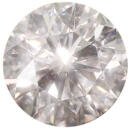
Diamond Buying Guide: The 4 C’s
…in comparison to each other. Cut The Cut of a diamond has two main components. First, cut refers to the shape of the stone. Round, marquise, pear, oval, square, princess all describe the shape of the diamond. Checkout the picture above to …diamond is cut to quality proportions (regardless of its shape) the maximum light is returned through the top of the stone giving a great light show. Cuts that are too shallow or too deep allow light to escape resulting in loss of …
-
Frequently Asked Question about Jewelry
… the Diamond does not chip or is not otherwise altered. An appraisal can be performed on a loose Diamond, a mounted stone, or jewelry. If the stone is not loose, the physical properties are estimated using various estimation techniques. …. Carat is the weight of a gem. A carat equals 1/5 of one gram. Cut has two components to it. The shape of the stone and the way facets are positioned on the diamond. Color is actually looking for the absence of color or transparency. …
-

How Are Lab Grown Diamonds Made?
… making artificial carbon crystal was the problem of lab grown diamonds. For decades, manufacturers of synthetic gemstones tried growing diamonds like they grew rubies, sapphires, and emeralds. It failed. Then they had the idea to grow … charcoal to 3,500 degrees Celsius inside a carbon crucible. Many attempts were made to reproduce his techniques with some reported successes, but none could ever be scientifically verified. The quest continued. Diamonds are a crystalline…
-
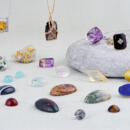
Gem in the Spotlight: Quartz
… at the title and knew). Quartz is one of the most common minerals on earth. Many quartz varieties are cut into gemstones, but some varieties are very rare. Some are ordinary like rock quartz, others are exotic like Drusy Quartz. Some …, microcrystalline and cryptocrystalline. Within each of these broad categories, the different colors of the gemstone are given different names. Below is a quick list to help you get a better handle on the vast diversity of quartz. Before …
-
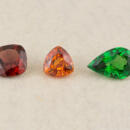
Gem in the Spotlight: Garnet
… diversity and style. The wide world of garnets invites all to become a garnet fan. Garnet is January’s birth stone. January babies born in the midst of cold, white (valley fog) and at times stark surroundings are rewarded with one of the … lantern to navigate the Ark at night. The ancient world is full of praise for the carbuncle, the glowing red gemstone we now know as garnet. Early scientists named garnet from the Latin granatus, which means ‘seedlike’ because garnet …
-
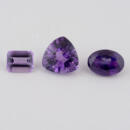
Gem in the Spotlight: Amethyst
… hard as tourmaline, softer than sapphire and topaz, and harder than opal and tanzanite. This makes it a durable gemstone that is resistant to scratching and chipping. It is also resistant to heat and chemicals which means that it can …tears of wine in remorse for his actions. These tears stained the quartz purple, resulting in the creation of the gemstone known as amethyst. Amethyst has a long history of being used in jewelry and other decorative items. It was highly …
-
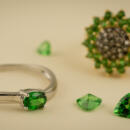
Gem in the Spotlight: Tsavorite Garnet
… lively with a high refractive index giving it excellent sparkle and scintillation. Tsavorite is also a very rare gemstone. It is uncommon to find Tsavorite in sizes larger than five carats, and most faceted stones are below two carats. By… doesn’t exactly roll off the tongue. So, a proper name was definitely in order. The nomenclature of gemstones follows certain rules, and according to modern mineralogical methods, gemstones are given a name which ends in “-ite”. In honor …
-
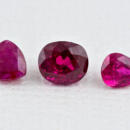
Gem in the Spotlight: Ruby
For much of human history, rubies have been the most prized gemstone. But, what is it about this red gem that has captivated our hearts and minds for so long? Is it ruby’s color? It’s … deeper? Whatever it is, ruby’s impact on humanity is broad and deep, with arguably the richest history of all gemstones. Gemology of Ruby Rubies are in the corundum gem family along with sapphires. Corundum is an extremely durable form of…red spinel. History and Lore of Ruby The first discoveries of ruby date back to 2,500 B.C. They were found alongside stone age tools in historic mines in Mogok, Myanmar. The Bible compares the price of wisdom to the price of rubies and …
-

How to Tell If a Diamond Is Natural or Lab Grown
… DiaTrue. They bombard a diamond with specific types of radiation (nothing harmful to humans) and analyze what the stone outputs. There are certain, tell-tale signs of the various processes used to make lab grown diamonds that show up as … it’s not as simple as you might think. First, you have to decide what “real” means. If you are not familiar with lab grown diamonds, you might want to check out our introduction to lab grown and synthetic diamonds before continuing with …